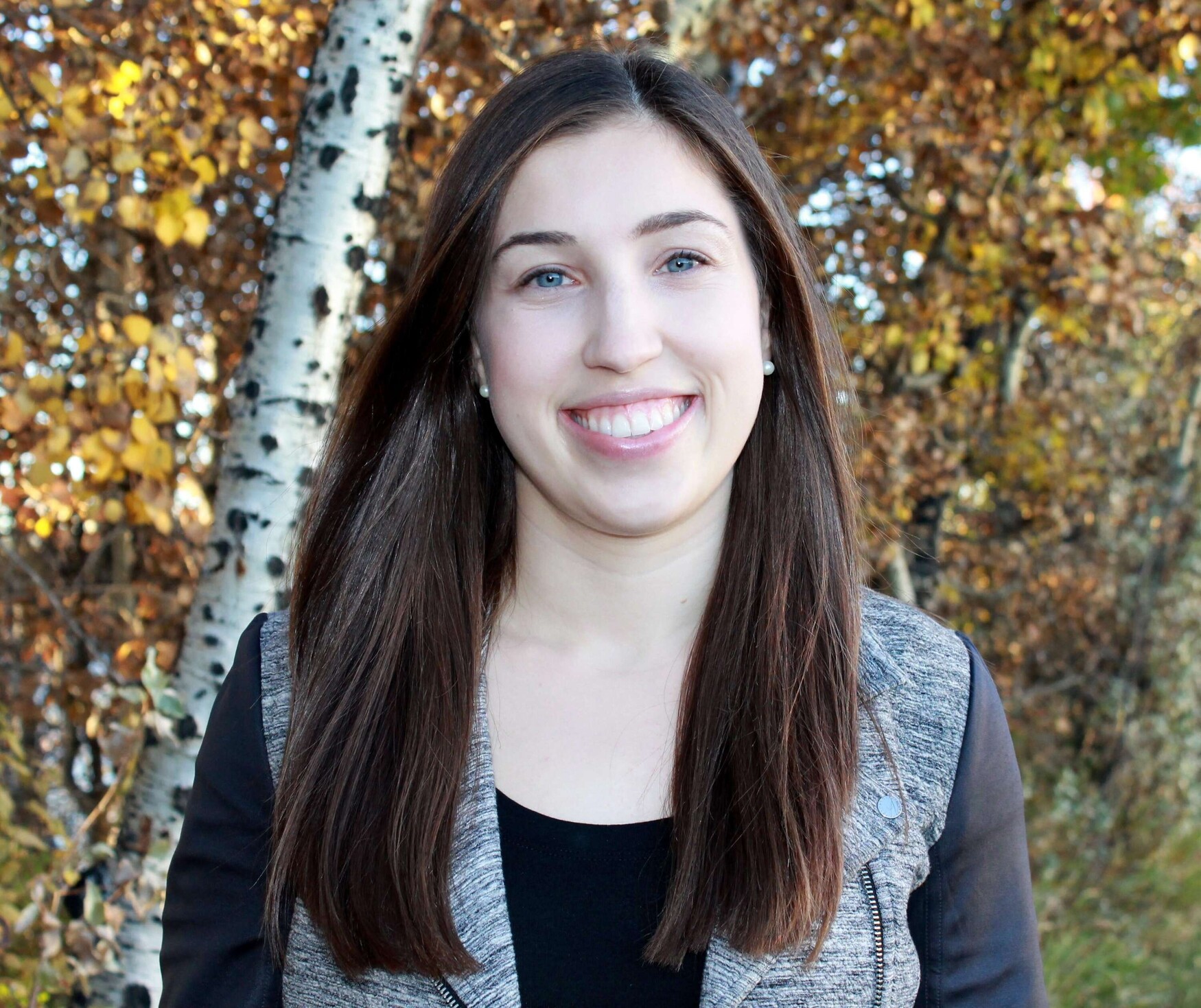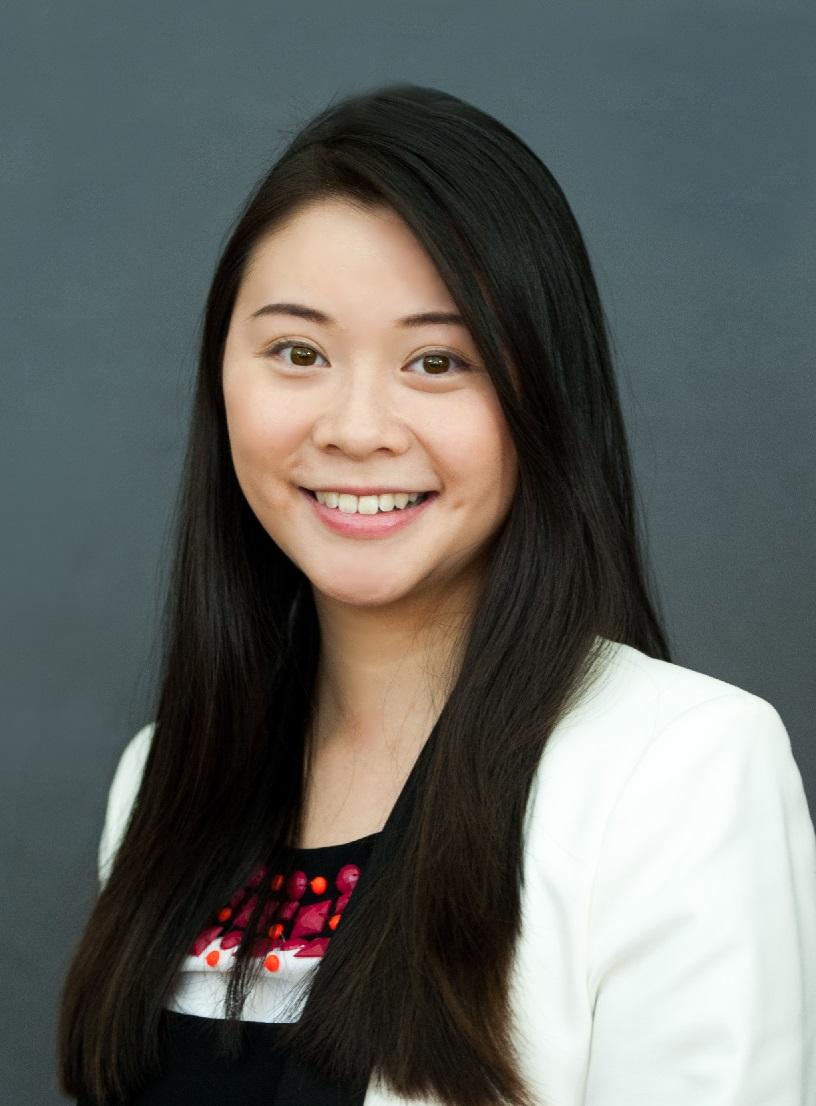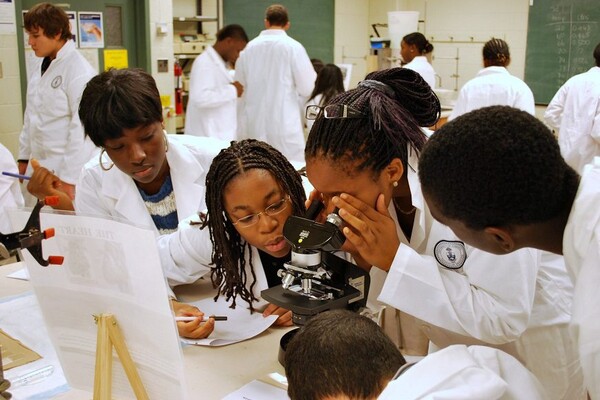Mobile Menu
- Education
- Research
-
Students
- High School Outreach
- Undergraduate & Beyond: Community of Support
- Current Students
- Faculty & Staff
- Alumni
- News & Events
- Giving
- About

Megan Woolner was a third-year medical student at the University of Toronto when she met Anahita [not her real name], a recent immigrant from Iran who had come to the family medicine clinic at North York General Hospital. The patient had signs of major depression, and when she returned to the clinic three weeks later, this time without her husband, Woolner began to think her symptoms were linked to social isolation and loneliness.
Anahita spent most days at home alone with her two toddlers while her husband worked or cared for his ailing mother. Woolner and the care team at NYGH started Anahita on anti-depressant medication, referred her to a Farsi-speaking therapist and gave her a culturally sensitive list of local health resources.
But Anahita was most excited about starting a Farsi-speaking mother's group — an idea floated by Woolner's supervisor, who had herself found a mother’s group pivotal to her mental health. They set a date for the group's first meeting and promoted it in the neighbourhood with a Farsi-English poster. The day of the meeting they had received no RSVPs, and Woolner was glum as she waited in the clinic with Anahita.
Suddenly the elevator doors opened. "In came this mother with a stroller and a smile from ear to ear. I was so relieved," says Woolner, now in her last year of medical school. Two more mothers showed up. “When I saw my patient a few weeks later, the difference was night and day. She was well put together, confident and starting to make her own social connections. It was a really big change."
Woolner’s work was part of an ‘advocacy project,’ which some U of T medical students do during clerkship (the first two years of medical school are class-based; in the last two ‘clerkship’ years, students start to see patients in clinics). All medical students learn about social determinants of health such as income, ethnicity and education, but those doing an advocacy project devise an intervention to address them in a real patient.
Advocacy projects have been part of the family medicine clerkship program since 2014. Last year, fifty-five students did one, about 20 per cent of the medical school’s third-year cohort. For students in traditional ‘block’ clerkships, who rotate through different medical specialties every six weeks, advocacy projects are optional. They’re mandatory for students who have chosen longitudinal integrated clerkships (in which students learn multiple specialities at once and follow patients over several months).
In one advocacy project, a student negotiated reduced rates with physiotherapy offices near the home of a low-income patient with an ankle injury, after she learned the patient had no coverage. Another student made a list of resources for an autism patient’s family, who were struggling to find and understand local services.
“We’ve seen some amazing projects that really make a difference in people’s lives,” says Professor Azadeh Moaveni, director of undergraduate medical education in the Department of Family and Community Medicine. “And they help students think about the social context — where patients come from, where and how they live and get around, the systems that surround them and influence health.”
 Some students also advocate for broader changes at the community or provincial level to deal with social determinants of health. One wrote a letter to an MPP in his home province of Nova Scotia about the importance of giving the HPV vaccine to boys. He later met with the politician, and a few months later Nova Scotia became the first Maritime province to extend free coverage for the vaccine to boys.
Some students also advocate for broader changes at the community or provincial level to deal with social determinants of health. One wrote a letter to an MPP in his home province of Nova Scotia about the importance of giving the HPV vaccine to boys. He later met with the politician, and a few months later Nova Scotia became the first Maritime province to extend free coverage for the vaccine to boys.
Moaveni says students can find the projects strike a nerve for them, and that supervisors sometimes have to temper students’ expectations and limit time spent on the projects. All students who do an advocacy project give an oral presentation and write a reflection on their experience; some develop a more reflective approach to their interaction with other patients.
Cheryl Young was a block clerk at the St. Michael’s Academic Family Health Team at St. James Town Health Centre. There she met a working mother and student with a problem she hadn’t previously considered a barrier to health care: access to child care. The woman had depression and was struggling to make her medical and therapy appointments, so Young drew up a list of government services and city-funded child care options — some of which the patient couldn’t access because she hadn’t filed taxes recently.
“It opened my eyes to several issues,” says Young. “Now when I’m doing a patient history, I’m more likely to ask about access to health care, child care, time lost from work and if they’ve filed taxes in the last year. Many marginalized patients miss out on benefits and services that can improve their health.”
Young and Woolner will present their advocacy project experiences at the Family and Community Medicine undergraduate education faculty development workshop on January 19, 2018.

